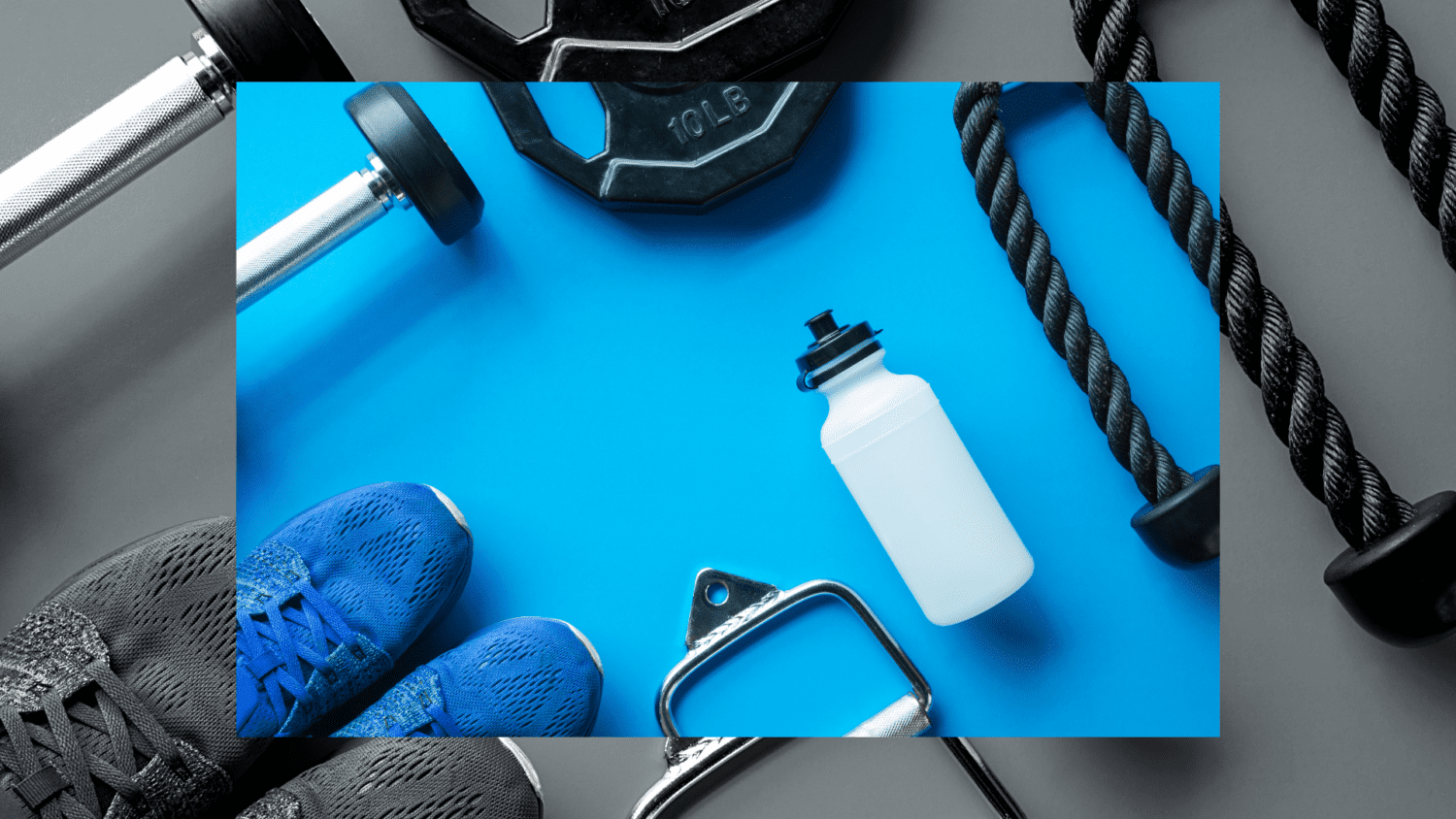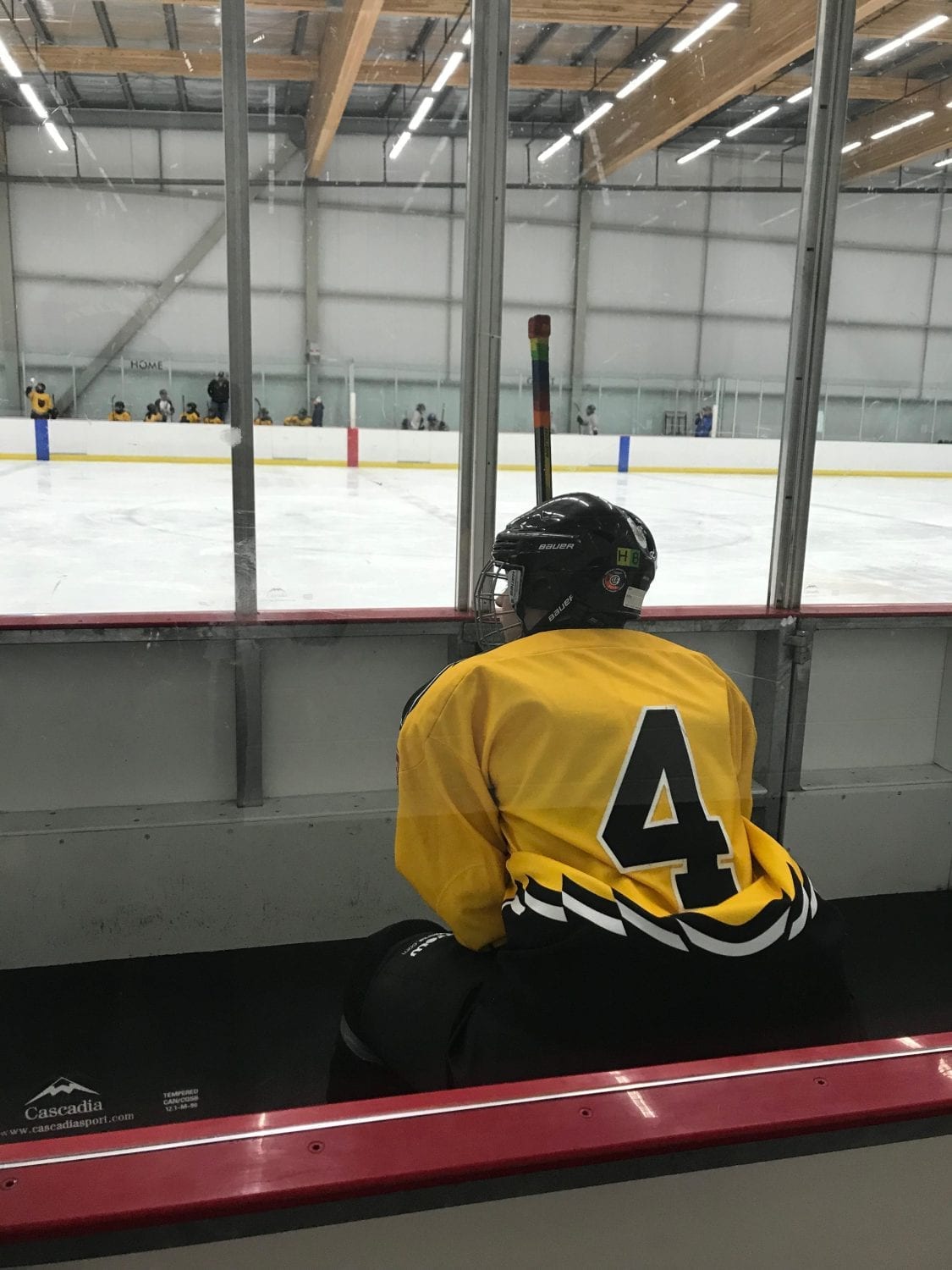We reached out to you and asked what type of nutrition and wellness questions you had. We received the following from Stephanie Davis: “I have a young athlete, what is the best pre and post game/practice food that’s still approachable for a 7 year old who is on the picky side?”
I’m going to break this down into a few different sections so I’m not droning on and on. First, children’s eating habits, second, what types of foods are required and lastly, timing. There will need to be some meal prep involved as lots of kids go straight from school to the rink or eat in the car on the way to the rink.
#1: Habits
Children’s preferences are through exposure to foods, they develop an increased preference for food if it is offered a minimum of 8-10 times. Children are also more likely to try a new food if it is introduced at the beginning of the meal, when the child is most hungry. Parents and peers seen eating the same foods helps, too. A creative way you can also get kids to eat new foods is to create a daily chart and they receive a gold star/sticker for each day they try a new food and receive a reward at the end of the week or month. If a new food has been associated with an unpleasant experience, such as burning the mouth, they will unlikely try it again.
If you find it’s hard to incorporate vegetables, I find it easier to shred it and mix it in sauces, soups, or casseroles. (Even my extremely picky 20 year old step-son has eaten zucchini and spinach without making a fuss.) Another great way to incorporate more fruit and vegetables for a child is in smoothies. These are nice as it’s quick and can be taken on the go when time is a factor.
Presentation is also key. Cutting fruit and vegetables into shapes or having fun, like creating a fruit kabob, are more pleasing to the eye of a little one. Texture of a food is important as well. I remember when I was young, I was picky on what form vegetables were in. For example, I cannot stand creamed corn, but if it’s on the cob or has been flash frozen, I can eat it no problem.
#2: Types of food
Carbohydrates are the energy source your kid will need for activities. Types of carbohydrates are beans, pasta, brown rice, whole grain bread, granola with old fashioned oats and vegetables, such as potatoes, sweet potatoes, and peas. Protein is important in building and repairing muscles. Sources include fish, meat, poultry, quinoa, beans, nuts and soy.
Calcium and vitamin D are also essential for muscle contraction and bone health. Kids who have had repeat injuries and stress fractures can be caused by inadequate calcium intake. Some sources of calcium are: milk, yogurt, cheese, broccoli, spinach, kale, collard greens, tofu, salmon, and calcium-fortified grain products, calcium-fortified soy milk, and calcium-fortified orange juice. For vitamin D there is: fatty fish like salmon, tuna and mackerel, eggs, and vitamin D-fortified soy, rice and almond milk.
Lastly, make sure your child is drinking an adequate amount of water throughout the day and leading up to the game or practice. A fun designed water bottle may help, even at my age I like to put masking tape with each hour on it on my water bottle so I know how much water I need to drink by that certain time.
#3: Timing
3-4 hours before the game: Usually at lunch time as many student athletes compete after school, making lunch essential. Make sure to provide a carbohydrate-dominant meal for fuel. This will allow the time needed to digest the meal and not have your child be hungry for the game/practice.
One hour before game/practice: Keep it light with a quick carbohydrate snack such as bananas, berries or apples. These will digest easily and shouldn’t cause any upset stomach symptoms. Avoid sugary snacks and processed sugars which can cause fatigue and poor performance due to change in blood sugar and insulin levels.
During the game/practice: To avoid dehydration and cramping have your child stay hydrated. If the exercise is less than an hour, water will be more than sufficient. If the exercise is longer than an hour it is okay for your child to have a sport drink every 15-20 minutes. This will keep blood sugar levels up and replace lost electrolytes. Because of the salt and sugar in sport drinks they should not be consumed on a regular basis, though.
Within 30 minutes after the game/practice: Kids should have another snack such as fruit or non-syrup chocolate milk, then eat again within 1-2 hours after exercise. These foods should include protein and carbohydrates to help reload muscles with glycogen and proper recovery.
It’s imperative to have good post-game nutrition; this will help young athletes feel better after competition and also help their bodies recover and prepare for upcoming games/practices.
Use caution with food safety and fatty foods. Keep food at proper temperatures to prevent spoilage, which can cause stomach cramps, vomiting, or diarrhea. Fatty foods, like pizza, fries, and desserts are not ideal and can have your kid feeling tired and under preform.
I hope this post gives you a starting point on what you should be providing your young athlete pre and post games and practices. For recipe ideas I’d suggest to keep it simple. Again, fruit kabobs, trail mix, low sodium deli ham and cheese, whole grain wrap/sandwich, veggies with hummus, hard boiled eggs, etc.
If you have any questions please feel free to reach out! Samantha Loeppky – Certified Holistic Nutrition & Health Coach
[adrotate group=”1″]
Related Articles
Categories
Recent Posts
[adrotate group=”2″]








